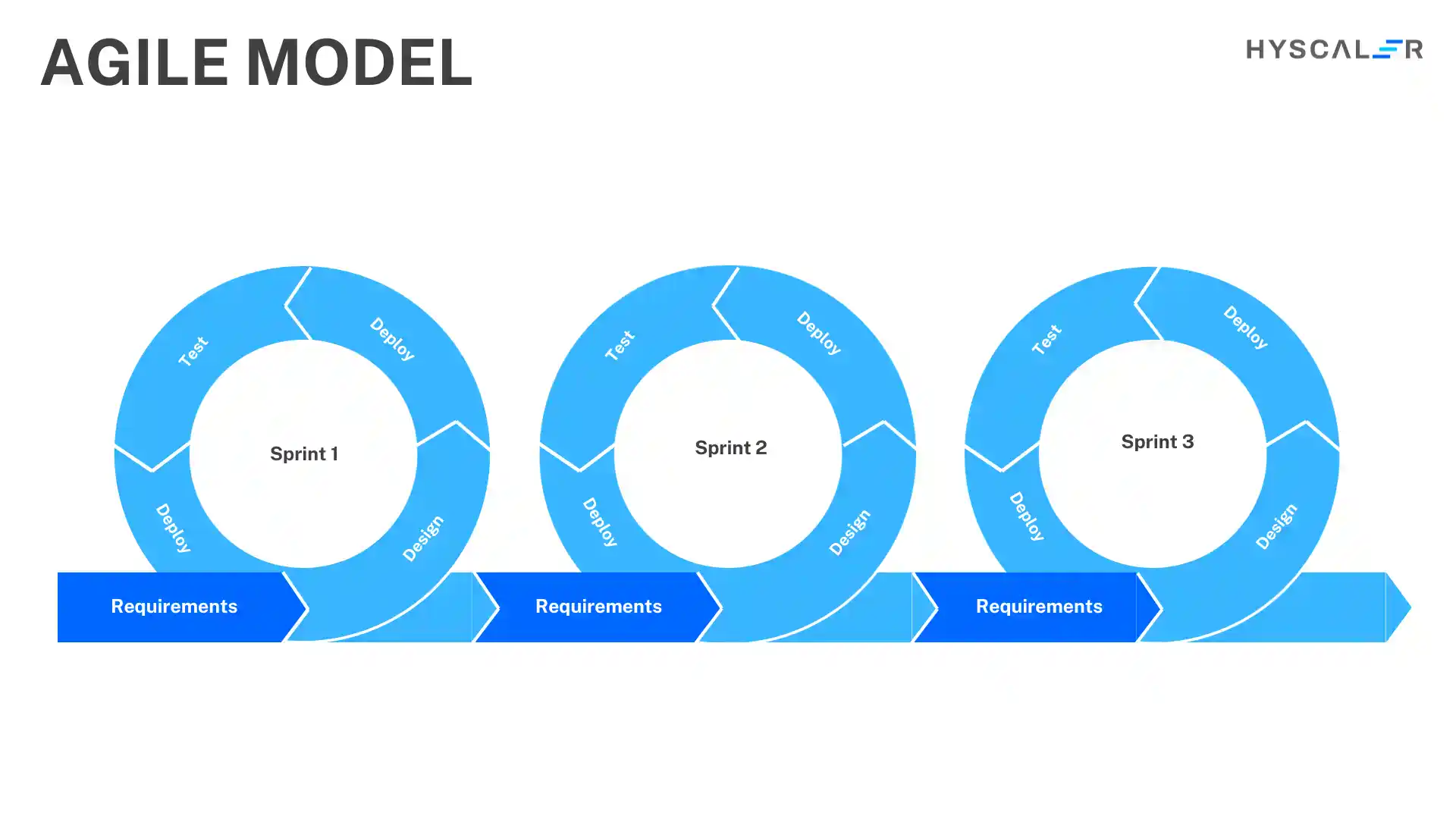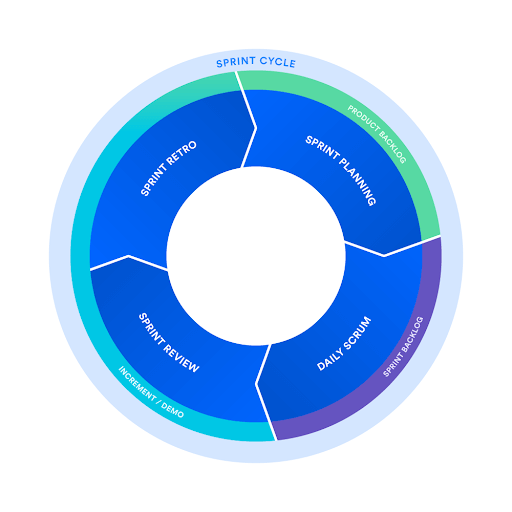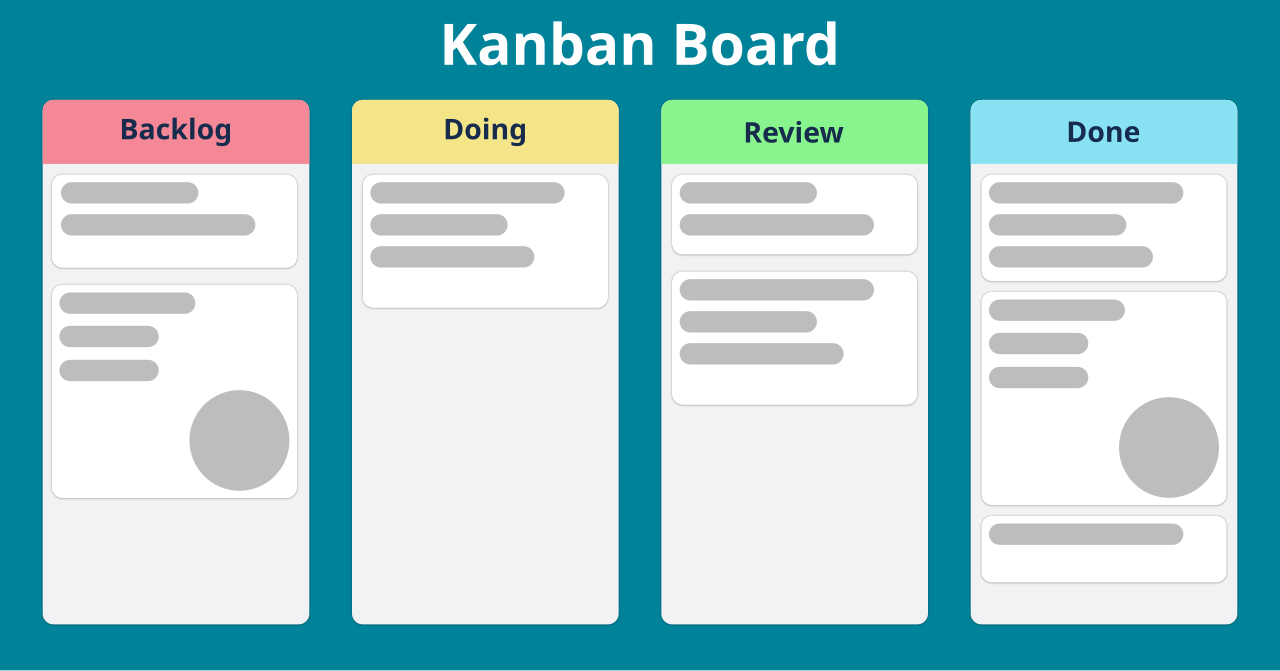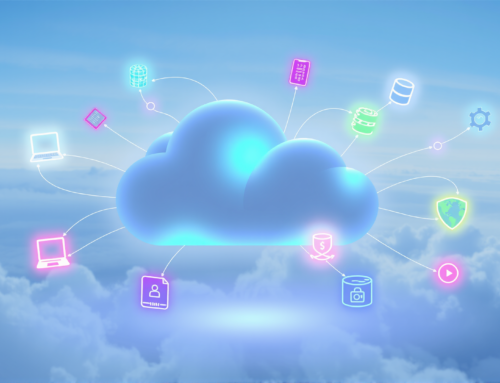Software development demands meticulous planning, flawless execution, and effective management due to its multifaceted and complex nature. With so many software development models available, it can be overwhelming to choose the right one for your project. In this article, we’ll delve into the different software development models, their advantages and disadvantages, and provide a comparison of these models to help you make an informed decision.
Software development models are methodologies used to guide the planning, design, execution, testing, and delivery of software products. Each model has its strengths and weaknesses, and understanding these can help you choose the best approach for your project. There are several popular software development models, including the Waterfall Model, Agile Model, Scrum Model, and Kanban Model.
Waterfall Model

The Waterfall Model is a linear and sequential approach to software development. It involves a series of phases, each of which must be completed before moving on to the next one. The essential phases encompass requirements gathering, design, implementation, rigorous testing, deployment, and ongoing maintenance.
- Advantages:
- Easy to understand and follow
- Well-suited for small projects with clear requirements
- Allows for a more predictable timeline and budget
- Disadvantages:
- Not flexible or adaptable to changing requirements
- Requires a high degree of predictability in terms of timelines and budgets
- Can be inflexible when dealing with complex or uncertain requirements
Agile Model

Source: HyScaler.com
The Agile Model revolutionizes software development through its iterative and incremental approach, leading to efficient and high-quality outcomes. It involves breaking down the project into smaller chunks, called sprints or iterations, which are then worked on flexibly and adaptively.
- Advantages:
- Encourages flexibility and adaptability
- Allows for changing requirements and priorities
- Fosters collaboration and communication among team members
- Disadvantages:
- It can be challenging to manage and track progress.
- May require more resources and effort than traditional models
- This can lead to scope creep if not managed properly
Scrum Model

Image Source: Atlassian
The Scrum Model is a specific implementation of the Agile Model, which involves breaking down the project into smaller chunks called sprints or iterations. It uses a framework that includes roles such as product owner, development team, and scrum master.
- Advantages:
- Highly flexible and adaptable to changing requirements
- Encourages collaboration and communication among team members
- Allows for rapid delivery of software products
- Disadvantages:
- Requires a high degree of discipline and commitment from the development team
- Can be challenging to scale or adapt to large projects
- May require additional resources and effort
Kanban Model

Image Source: Wikipedia
The Kanban Model is another visual approach to software development, which involves managing work through a workflow board. It allows for a more flexible and adaptive approach than traditional models.
- Advantages:
- Encourages continuous improvement and optimization
- Allows for changing requirements and priorities
- Fosters collaboration and communication among team members
- Disadvantages:
- Not recommended for extensive or intricate projects.
- Can be challenging to track progress or manage resources
- Requires a high degree of discipline and commitment from the development team
Comparison of Different Models
When choosing a software development model, there are several factors to consider.
- Flexibility:
- The Agile Model and Scrum Model offer high flexibility and adaptability.
- The Waterfall Model is less flexible and may require significant changes to accommodate changing requirements.
- Speed of Development:
- The Agile Model and Scrum Model allow for rapid delivery of software products.
- The Kanban Model can also facilitate fast delivery, but it depends on the team’s discipline and commitment.
- Adaptability:
- The Agile Model and Scrum Model are highly adaptable to changing requirements and priorities.
- The Waterfall Model is less adaptable and may require significant changes to accommodate changing requirements.
Factors to Consider When Choosing a Development Model
When choosing a software development model, consider the following factors:
- Project Scope:
- Small projects with clear requirements may benefit from the Waterfall Model or Kanban Model.
- Large or complex projects may require an Agile Model or Scrum Model.
- Team Size:
- Small teams may find it easier to work with Agile Model or Scrum Model.
- Large teams may require a more structured approach, such as the Waterfall Model.
- Client Requirements:
- Clients who prioritize predictability and control may prefer the Waterfall Model.
- Clients who value flexibility and adaptability may prefer an Agile Model or Scrum Model.
Conclusion
In conclusion, choosing the right software development model is crucial for the success of your project. Understanding the strengths and weaknesses of each model is crucial for making well-informed decisions.
Consider factors such as project scope, team size, client requirements, flexibility, speed of development, and adaptability when selecting a software development model. Whether it’s the Waterfall Model, Agile Model, Scrum Model, or Kanban Model, there is no one-size-fits-all approach to software development.
READ MORE:
Security Implications of Developing Mobile Healthcare Applications
Software Development Life Cycle -An Organised Structure Of System Developement





Leave A Comment